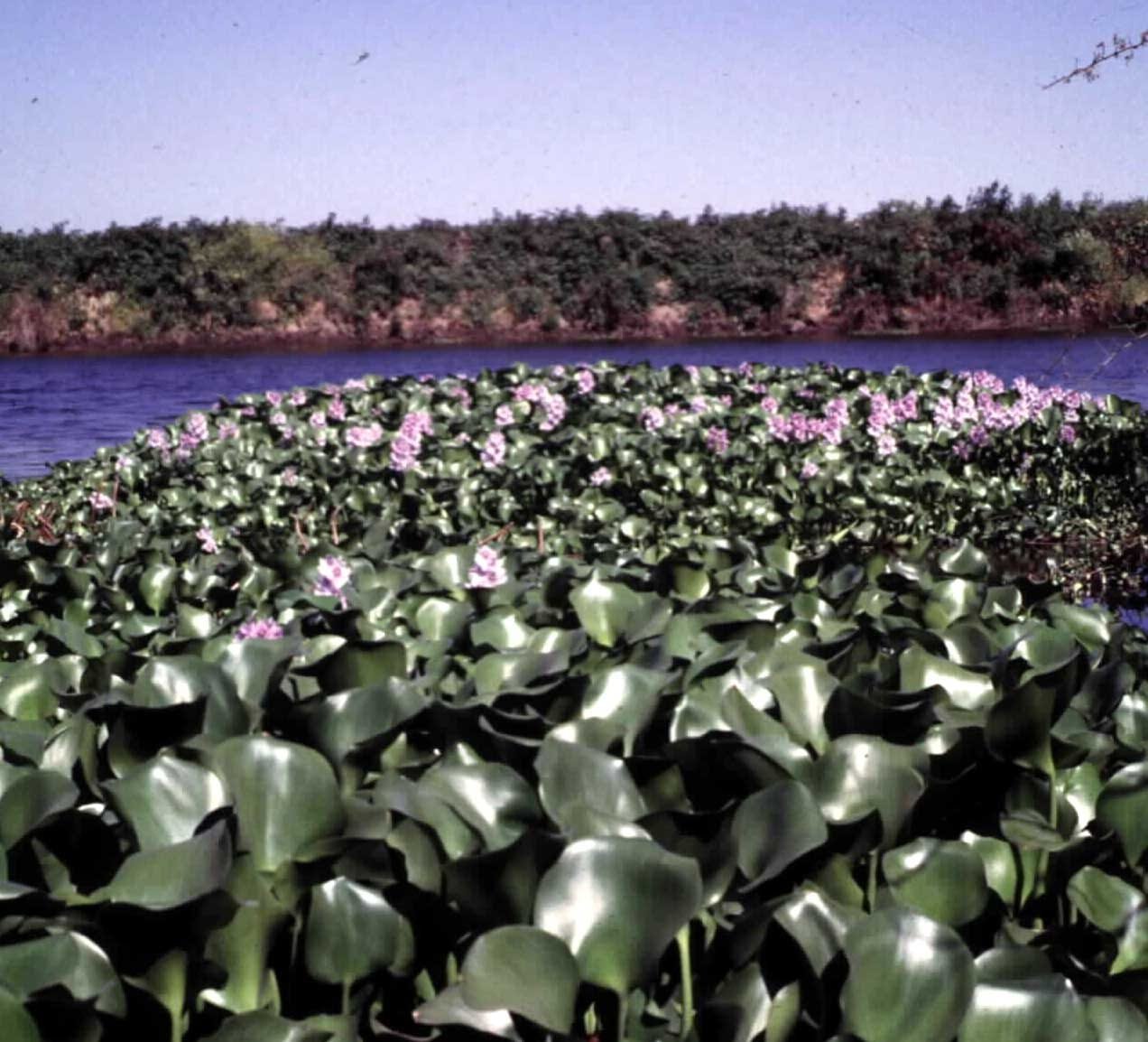Introduction
Water hyacinth (Eichhornia crassipes), often considered one of the world’s worst aquatic weeds, has taken root in India’s water bodies, causing a disastrous impact on the environment and communities. This invasive plant, native to South America, has rapidly spread throughout India, wreaking havoc on aquatic ecosystems, affecting agriculture, fisheries, and water transport, and posing serious threats to biodiversity and human well-being.
Ecological Imbalance
Water hyacinth thrives in slow-moving or stagnant water bodies, where it forms dense floating mats. These mats block sunlight from reaching the water, reducing oxygen levels and affecting photosynthesis. This leads to a decline in native aquatic plants, which, in turn, harms fish and other aquatic life. The resultant ecological imbalance disrupts food chains and can lead to the decline of native species.
Negative Impact on Agriculture
The presence of water hyacinths in water bodies used for irrigation can be disastrous for agriculture. These invasive mats clog irrigation canals and reduce the availability of water for crop cultivation. Additionally, water hyacinth mats can hinder the flow of water in rivers and lakes, causing flooding in some areas and drought in others.
Economic Consequences
The invasion of water hyacinth has severe economic consequences. It hampers navigation in rivers, lakes, and canals, causing delays and increasing transportation costs. The fishing industry is also adversely affected as water hyacinth mats make it difficult for fishermen to access their fishing grounds, resulting in reduced catch and income.
Water Quality and Health Concerns
Water hyacinth infestations deteriorate water quality by releasing toxins into the water, making it unsafe for drinking, bathing, and domestic use. The presence of stagnant water also creates breeding grounds for disease vectors like mosquitoes, leading to an increase in diseases such as malaria and dengue fever.
Loss of Biodiversity
Water hyacinth outcompetes native aquatic plants and disrupts natural habitats. This has a detrimental impact on the native flora and fauna, leading to a loss of biodiversity. Several native aquatic species are at risk of extinction due to the invasion of water hyacinths.
Environmental Remediation Efforts
Efforts to control water hyacinths in India have been challenging due to its rapid growth and resilience. Various methods, such as manual removal, biological control (using herbivorous insects), and chemical treatments, have been employed to manage the invasive plant. However, these methods often have limited success and can be costly.
Conclusion
The disastrous impact of water hyacinths in India cannot be overstated. It affects ecosystems, agriculture, fisheries, water quality, and human health, resulting in significant economic losses and ecological damage. To combat this invasive menace, concerted efforts are required at local, regional, and national levels. Strategies should include a combination of effective control methods, public awareness campaigns, and long-term monitoring to mitigate the harmful effects of water hyacinths and protect India’s water resources and biodiversity.

